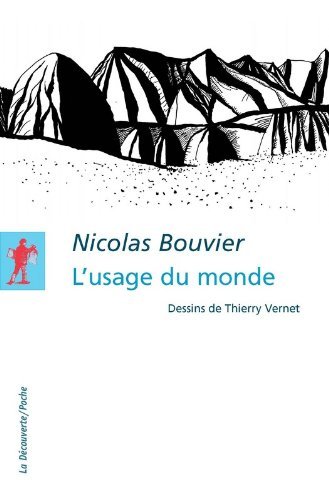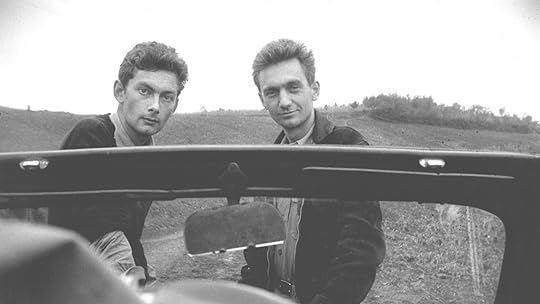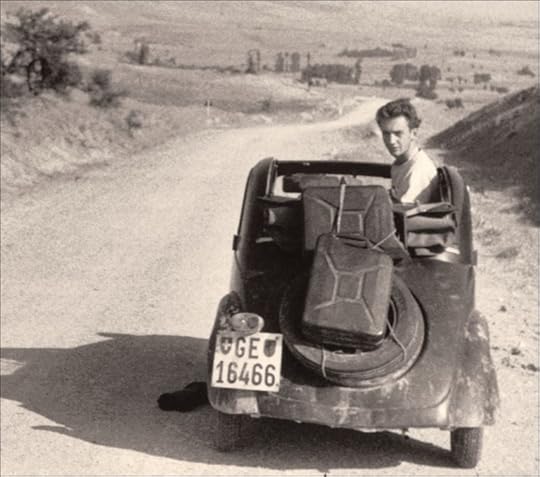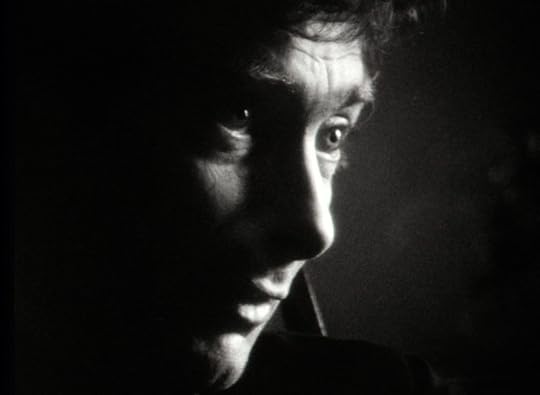What do you think?
Rate this book


Paperback
First published January 1, 1963



That day, I really believed that I had grasped something and that henceforth my life would be changed. But insights cannot be held for ever. Like water, the world ripples across you and for a while you take on its colours. Then it recedes, and leaves you face to face with the void you carry inside yourself, confronting that central inadequacy of soul which you must learn to rub shoulders with and to combat, and which, paradoxically, may be our surest impetus.So for four days, I followed Nicolas and his painter friend as they motored in a rackety old Fiat through Yugoslavia, Turkey, Iran, and Afghanistan for over a year, becoming a part of whatever strange land they found themselves in, and fitting in quite well.
Geleund tegen een aardhoop kijk je naar de sterren, het golvende landschap richting de Kaukasus, de lichtgevende ogen van een vos. Je verdrijft de tijd met hete thee, af en toe een woord, een sigaret, en dan wordt het licht, het breidt zich uit, kwartels en patrijzen laten zich horen... en je haast je om dit ultieme moment in je geheugen als geheel op te slaan, waaruit je het op een dag weer zult opdiepen. Je rekt je uit, je zet een paar stappen, voelt je heel licht en het woord 'geluk' lijkt plotseling veel te mager om te beschrijven wat er door je heen gaat.